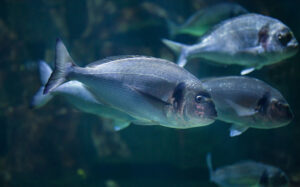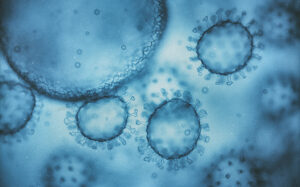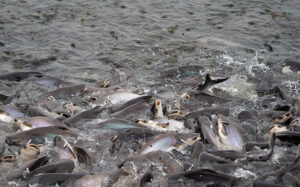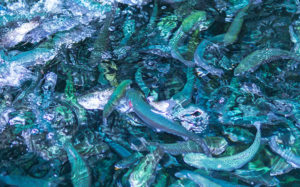One pathogen strain seems the main culprit in damaging salmonid disease
A distinct strain of the main fungus-like pathogen which causes saprolegniosis — thought to be responsible for around 10% of economic losses in the salmonid industry — looks likely to be responsible for the majority of outbreaks of the disease on Atlantic salmon fish farms.
Sound Science
Simulation offers insight into emerging-disease spread on salmonid farms
A new computer simulation approach may help better understand how emerging diseases could spread across salmonid farms in England and Wales and the best measures to limit their impact.
New approach could improve understanding of farmed seabream welfare
Analyzing proteins from the skin mucus of gilthead seabream (Sparus aurata) could offer a promising, welfare-friendly route to monitor stress levels of the fish during production cycles.
Novel sampling reveals microbial changes during gill disease on Irish salmon farm
A non-lethal sampling method combined with cutting-edge molecular analysis has shed new light on microbial interactions in Atlantic salmon gills during a gill disease outbreak.
Stomach-resistant oral vaccines could offer fish farmers easier vaccine administration
Oral vaccines hold a great deal of promise for fish farmers. Easier and quicker to administer than injected vaccines, they are also potentially suitable for fish that are too small for injection vaccination, including larval stages.
Molecular testing sheds new light on troublesome microorganism which threatens fish
A new molecular approach has revealed the ubiquitous and opportunistic nature of Saprolegnia parasitica, a fungal-like microorganism that can cause significant disease and economic loss.
The future of sea louse control on salmon farms: do genetic technologies hold the key?
Genetic technologies could give salmon farmers the crucial tools they need to prevent sea louse infestations, according to researchers.
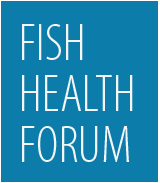
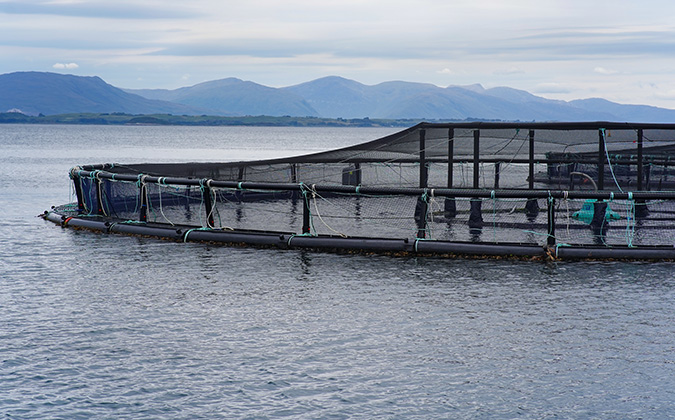
![Salmonid x[]](https://fishhealthforum.com/wp-content/uploads/2023/08/Salmonid-675x42038-1-300x187.jpg)
